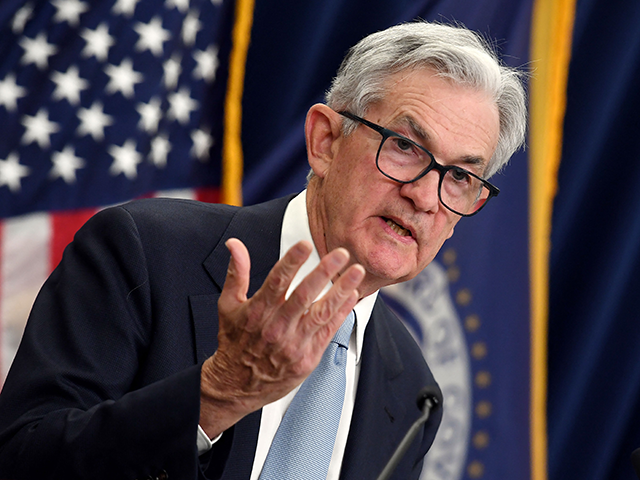The U.S. economic expansion strengthened in May as the services sector saw a surge in demand, a survey of business executives indicated on Tuesday.
S&P Global said overall growth in the economy was the fastest in just over a year, according to its “flash” survey of purchasing managers. The strength came entirely from the services sector, which makes up the largest part of the U.S. economy. The factory sector weakened in May.
The headline S&P Global Flash US PMI Composite Output Index, which combines both manufacturing and services, registered 54.5 in May, up from 53.4 in April, to signal a solid and faster expansion in private sector business activity. The gauge of business activity in the services sector rose from 53.6 to 55.1, the best reading in 13 months and higher than forecast by economists.
New orders for services rose at the fastest rate since April 2022, with the pace of expansion also exceeding the long-term average. New export orders grew for the first time in a year, a positive for second-quarter growth in gross domestic product.
The growth in the services sector could be a source of concern for officials at the Federal Reserve. The Fed has been focused on lowering demand, especially for labor in the non-housing services sector. Unfortunately, the latest PMI shows things going in the opposite direction.
“Inflationary pressures remained historically elevated across the service sector in May. Although easing, rates of increase in input prices and output charges were faster than their respective series averages. Companies often stated that greater wage bills drove inflation, as firms sought to pass-through higher cost burdens to clients,” said S&P Global.
“Jobs growth has accelerated as service providers companies seek to meet demand, but this tightening labour market amid strong demand will be a concern as a fuel of further inflationary pressures,” said Chris Williamson, Chief Business Economist at S&P Global Market Intelligence.
The manufacturing index dropped to 48.5 from 50.2. This is the lowest level in three months.
“The US economic expansion gathered further momentum in May, but an increasing dichotomy is evident. While service sector companies are enjoying a surge in post-pandemic demand, especially for travel and leisure, manufacturers are struggling with over-filled warehouses and a dearth of new orders as spending is diverted from goods to services,” Williamson said. “The inflation picture is also changing. Whereras manufacturing prices spiked higher during the pandemic due to strong demand and deteriorating supply, it is now the service sector’s turn to be hiking prices amid resurgent demand and an inability to cope with order inflows due to a lack of capacity.”

COMMENTS
Please let us know if you're having issues with commenting.